Science
The 10 spookiest nebulas in the universe
A malevolent, screaming skull face. A witch cackling in profile. An all-seeing eye, gazing red and furious from the void of space.
Like cosmic Halloween decorations, nebulas are some of the most gorgeous objects in the universe, and some of the spookiest. These vast regions of gas and dust, illuminated by starlight and sculpted by stellar radiation, often take on shapes that look eerily familiar to our pareidolia-obsessed brains.
Both beautiful and terrifying, here are 10 of our favorite spooky nebulas from across the universe.
1. Witch Head Nebula
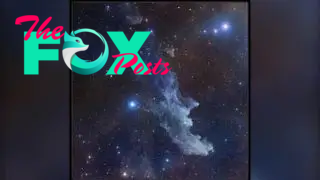
The Witch Head Nebula, formally known as IC 2118, is located in the constellation Orion about 900 light-years from Earth. Illuminated by the giant blue star Rigel, this enchanted blue nebula looks like the silhouette of a cackling space crone in the midst of some cosmic incantations.
2. Skull and Crossbones Nebula
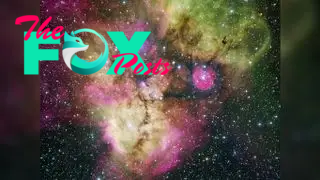
Despite its decrepit appearance, NGC 2467, better known as the Skull and Crossbones Nebula, is a stellar nursery bursting with baby star formation. Two large star clusters gaze out of the skull's "eye sockets," giving the nebula its forbidding look. Keeping with the high-seas theme, the Skull and Crossbones nebula lives in the constellation Puppis, or "the poop deck," near the Perseus Arm of the Milky Way.
Related: The 7 most terrifying things in space
3. Eye of God Nebula
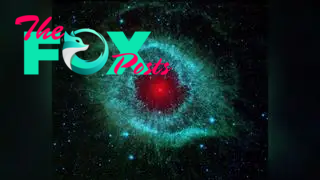
Staring like the unblinking eye of God (or the eye of Sauron, depending on your literary taste) the Helix Nebula is an infamously spooky object that has captivated astronomers for 200 years. Located 700 light-years away in the constellation Aquarius, the nebula is the result of a dead star showering infrared light onto a coccoon of dust.
Related: 12 trippy objects hidden in the zodiac
4. Little Ghost Nebula
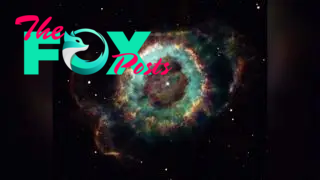
Wispy and faint, The Little Ghost Nebula (NGC 6369) is a monument to stellar death. Illuminated by the dying spirit of a white dwarf star (the smoldering husk of a once-mighty star that has ceased its nucelar fusion), the fire at the center of this nebula is slowly dimming, and will one day vanish entirely.
-
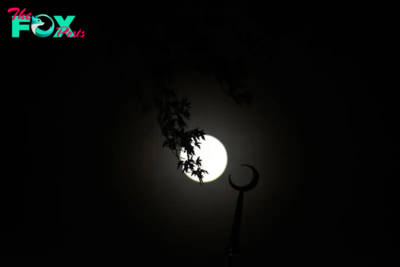
 Science12h ago
Science12h agoHow to See the ‘Beaver’ Supermoon—the last of 2024
-

 Science5d ago
Science5d agoInside Capitol Hill’s Latest UFO Hearings
-

 Science5d ago
Science5d agoYou Won’t Want to Miss the Leonid Meteor Shower. Here’s How and When You Can See It
-

 Science6d ago
Science6d agoHere’s What Trump’s Win Means for NASA
-

 Science1w ago
Science1w agoWhy Risky Wildfire Zones Have Been Increasing Around the World
-

 Science1w ago
Science1w agoIt’s Time to Redefine What a Megafire Is in the Climate Change Era
-

 Science1w ago
Science1w ago4 Astronauts Return to Earth After Being Delayed by Boeing’s Capsule Trouble and Hurricane Milton
-

 Science1w ago
Science1w agoThe Elegance and Awkwardness of NASA’s New Moon Suit, Designed by Axiom and Prada


























